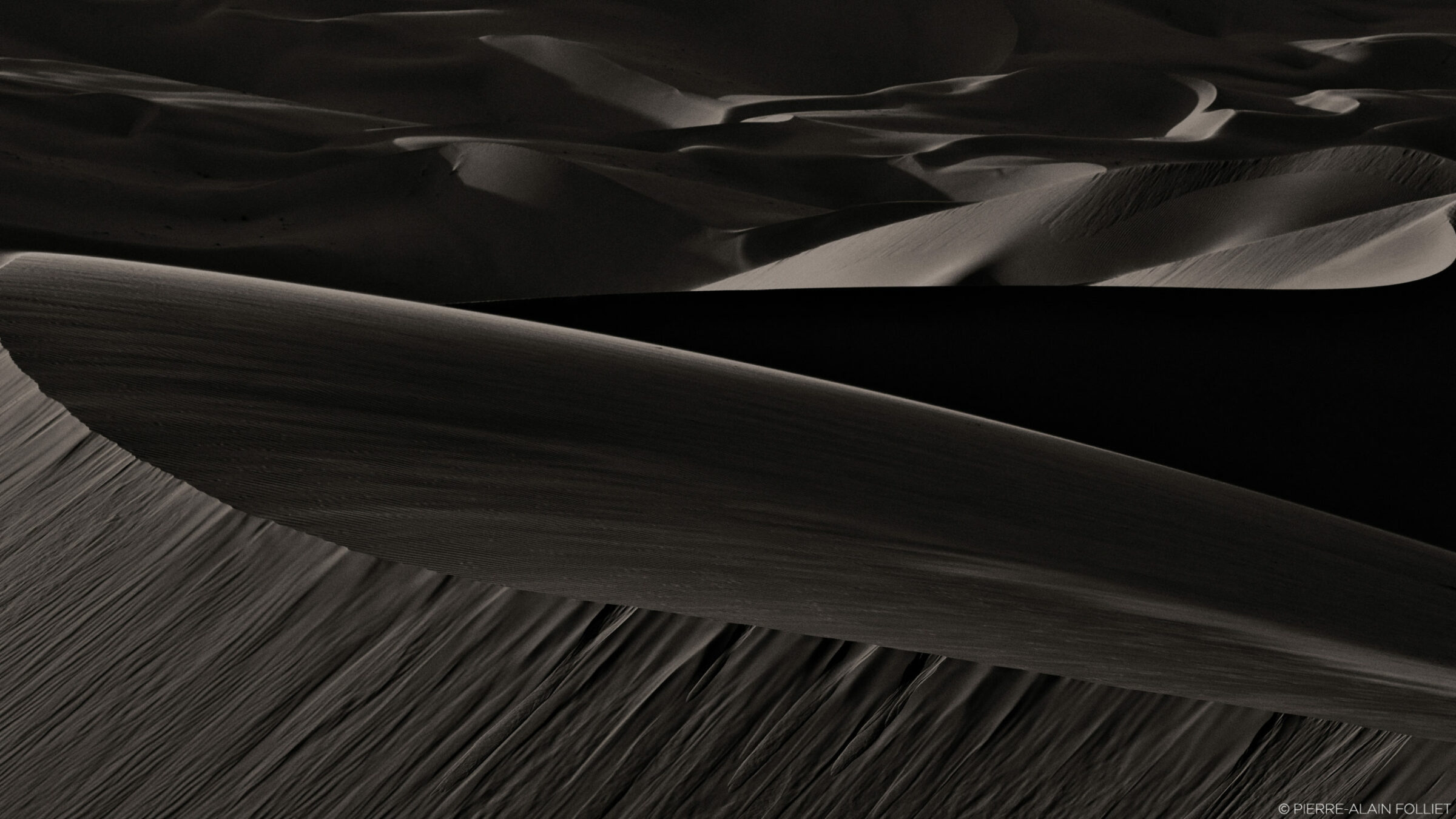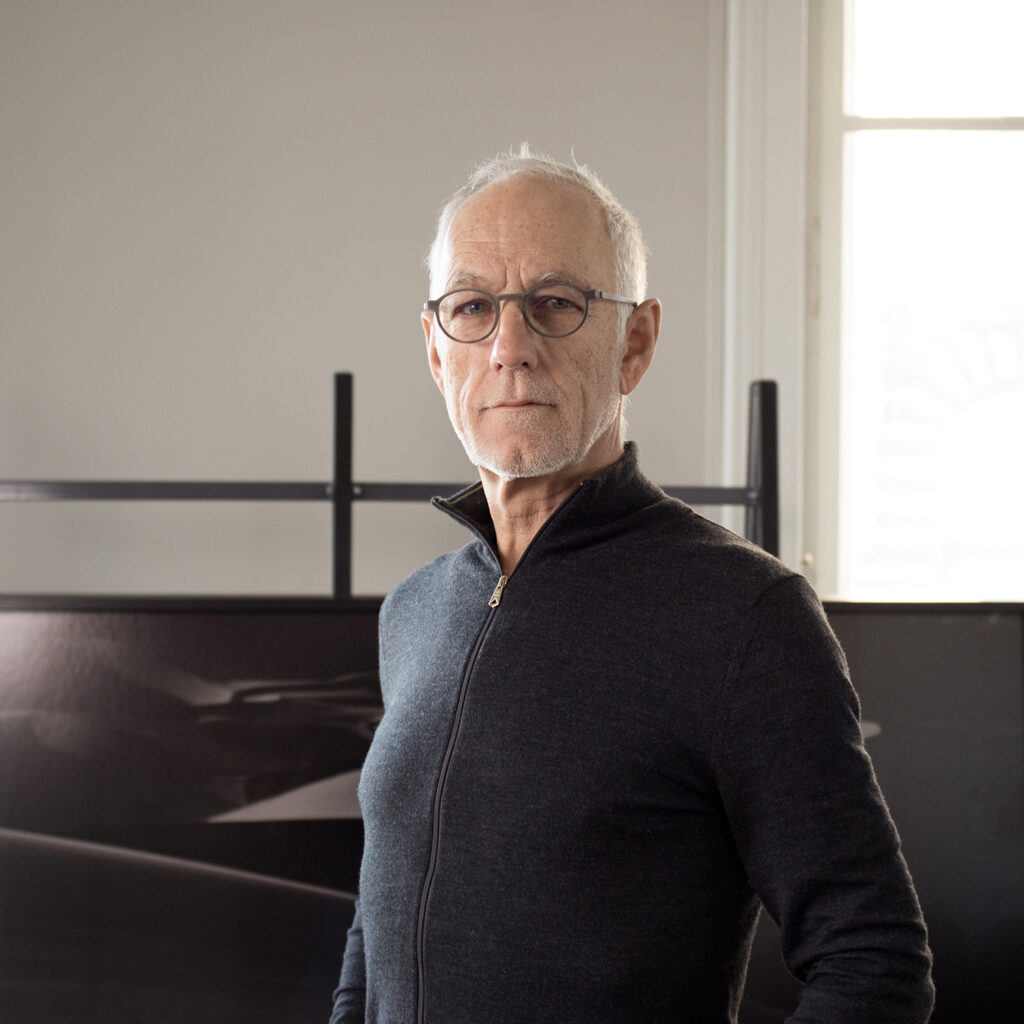
My decision to focus on photography came at a time when people were reaching out with project proposals that I had to refuse due to the lack of time. I realized that if I kept refusing photo projects, they’d stop coming to me, and if I really wanted to do photography I needed to start prioritizing it.
In fact, photography is a way of life for me. I live for photography, I live through photography, I express myself through the image.
The first memory I have related to photography is from when I was about 12 years old and we had a flood in Geneve. I took my mother’s Rolleiflex and went out to take pictures, declaring myself a reporter. I took 12 pictures, because that’s how many the film allowed, and returned home feeling the proudest I’ve ever felt.
“I search for the extraordinary in everything because I’m not much interested in the norm. I love going beyond the norm, even when that means I’ll suffer to get there.”
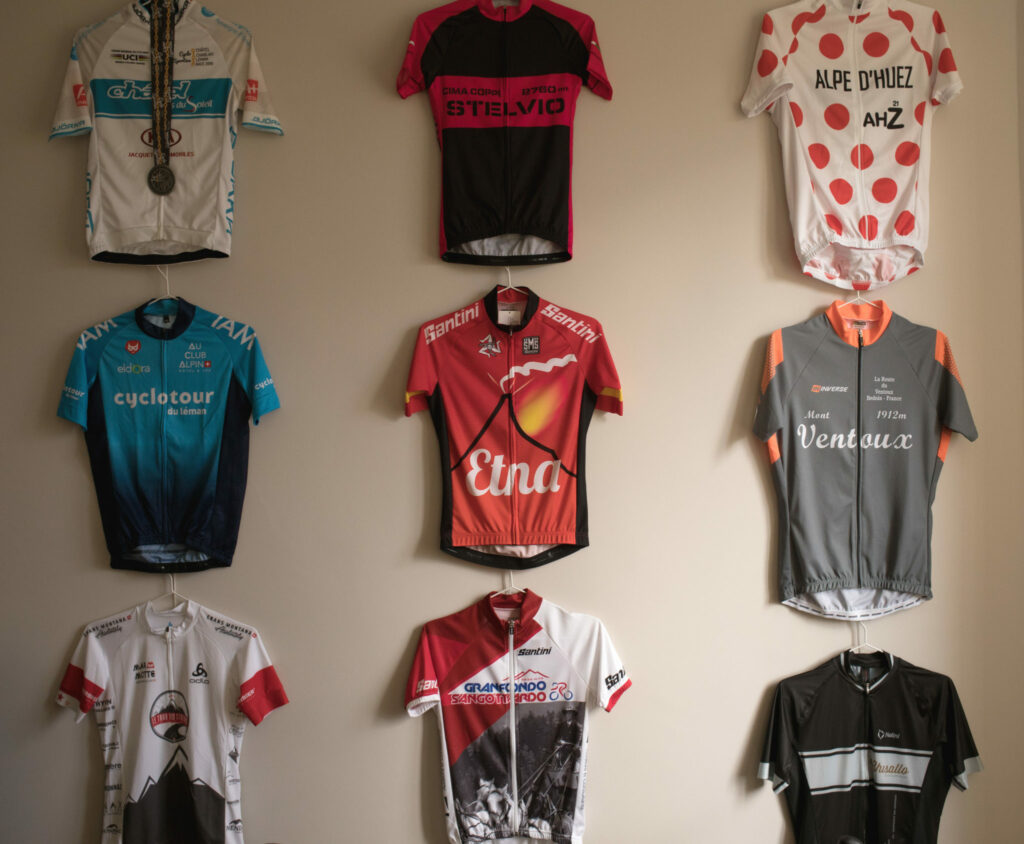
Today I shoot nature because I’m fascinated by its diversity, as well as by the way it tells the story of the Earth’s evolution. I like researching landscapes that I’m curious about, and then going on adventures to discover them. I observe them at length, and I systematically come back. All my projects are long-term projects, some taking years to complete.
I love sports, extreme sports, I love things that go fast. I love the notion of risk, but I also love the feeling of controlling the risk, it allows me to go further than the norm. This is in fact reflected in all my occupations.
My art is in part about managing the subjective experience. When you see something, you see it through the filter of your own experience. It’s not necessarily what the person next to you sees. So what I want is to translate what I see and, in fact, what I feel, not only what I see.
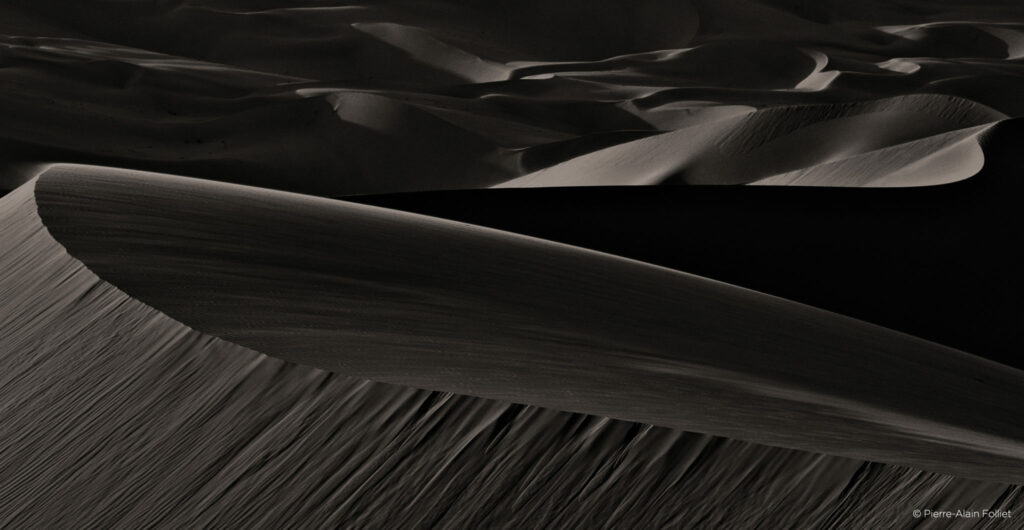
I took this photo in the desert of Liwa, close to Abu Dhabi, one February evening. I had spent four to five hours walking in the middle of nowhere, with no one around, in complete isolation. Just me, some water, and my camera.
As I shot the image I felt a certain contentment, because I could feel the light changing and could see that I would be able to capture that line like that, with the icy wind blowing for just that moment. When that happened, I took only one shot. It was the shot I wanted.
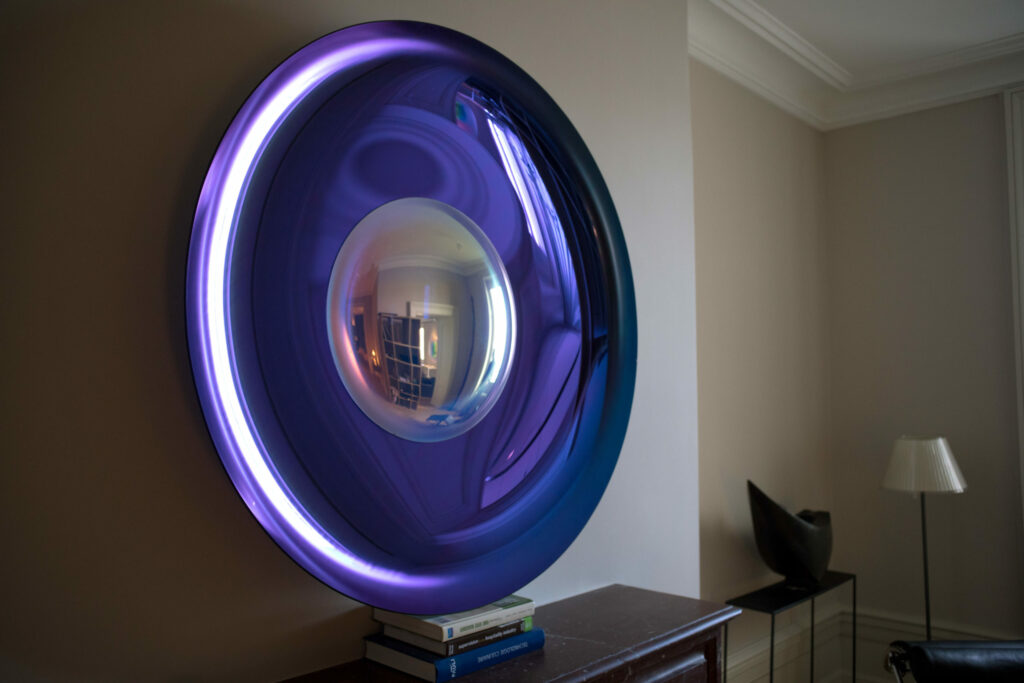
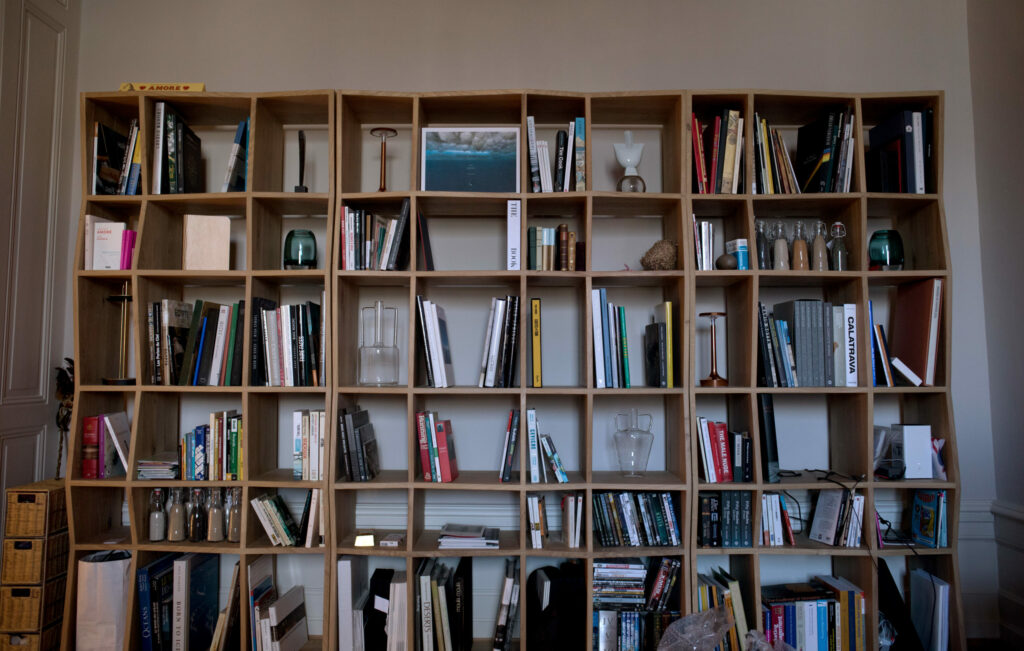
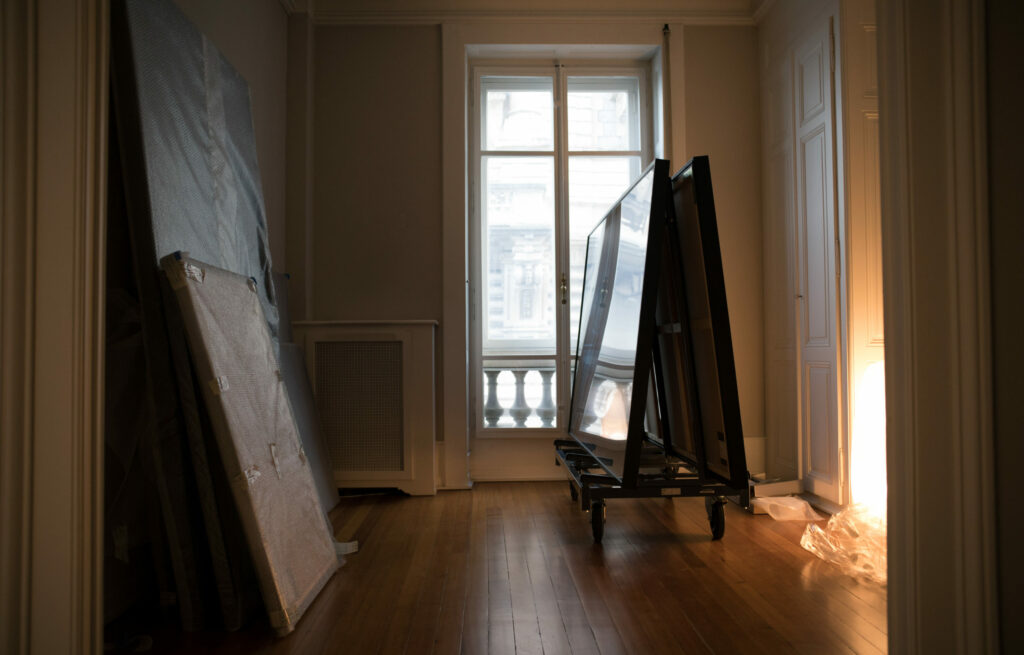
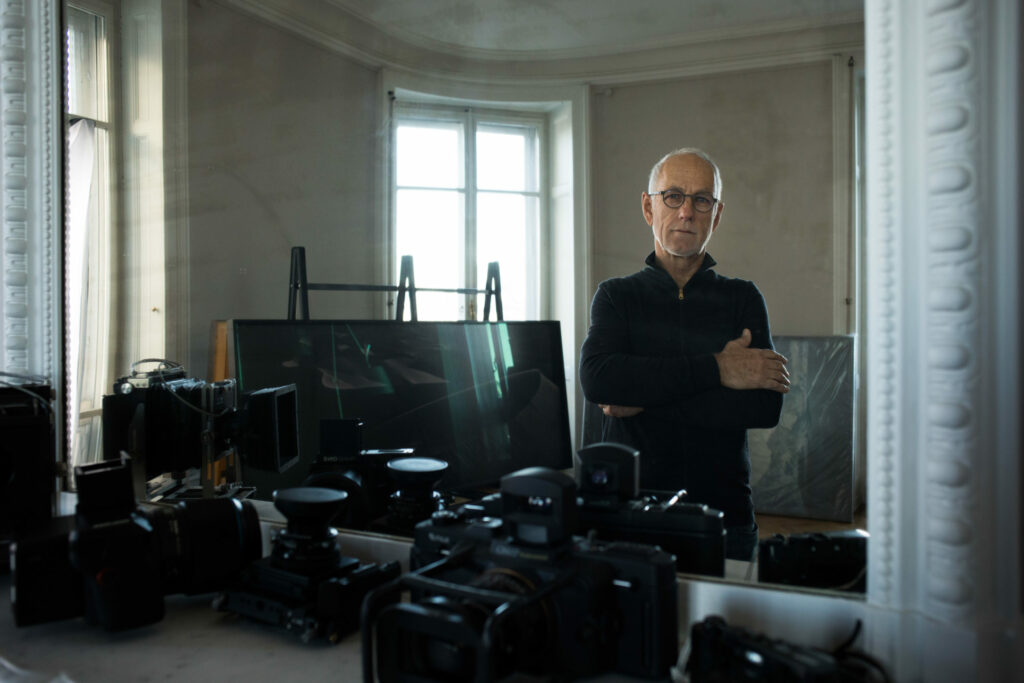
I use Phase One because it has almost no limits in terms of image size. The quality of the rendering is so exceptional that the connection with the image is not only visual, it becomes a physical connection. It’s like you’re able to touch the object, feel the object. You can enlarge an image to unprecedented levels without losing any of the precision, rendering texture, or smoothness of the image. And you discover small new details as you get closer to the print you didn’t see from afar. That’s phenomenal.
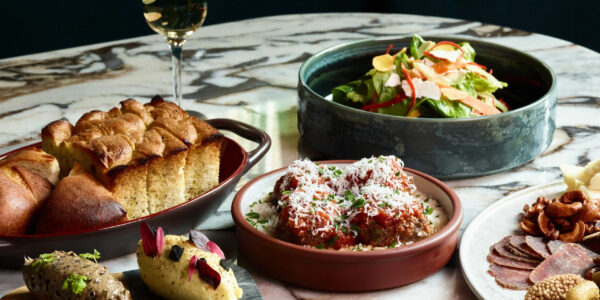
Photographer Stories
Karen Culp
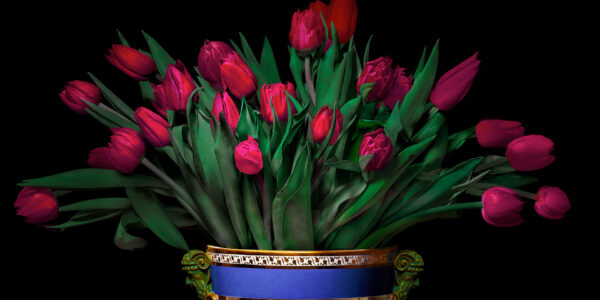
Photographer Stories
T.M. Glass: Flower portraits
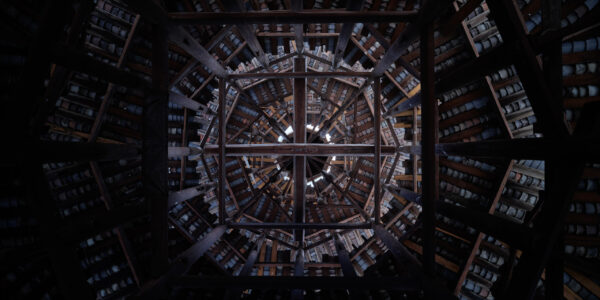
Photographer Stories
Preserving ancient Chinese buildings – Dong Village
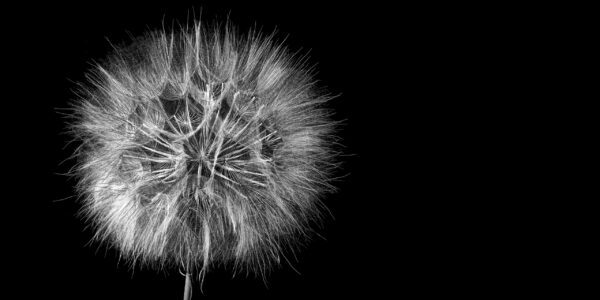
Photographer Stories
Jeff Puckett – The Art of Photogravure
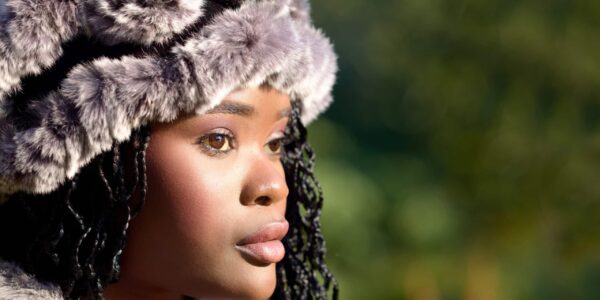
Photographer Stories
Carollyne Sinclaire – A Portrait of the Heart
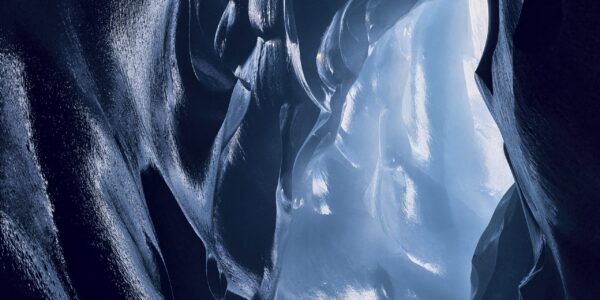
Photographer Stories
A photograph can freeze time. Can it also mobilize human action?
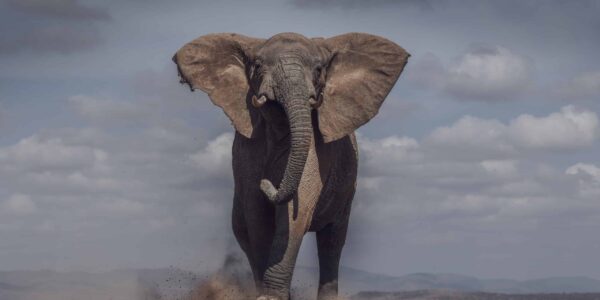
Photographer Stories
Guadalupe Laiz – Up Close and Personal
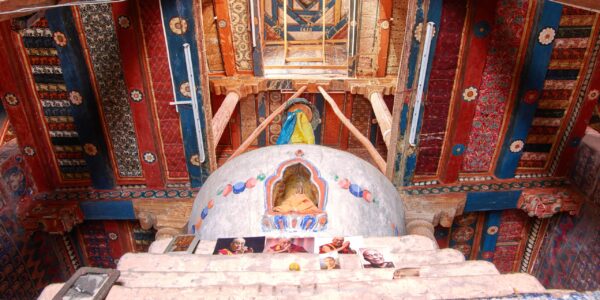
Photographer Stories
How Did a Remote Himalayan Monastery Show Up in New York City?
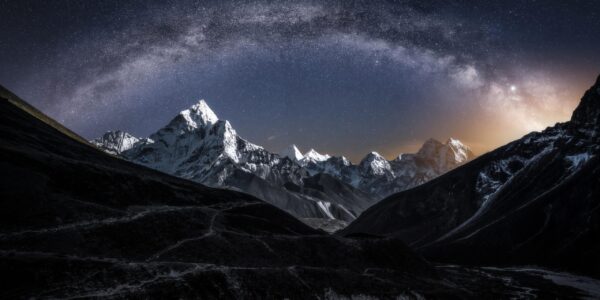
Photographer Stories
Thomas Biasotto Moments beyond Imagination
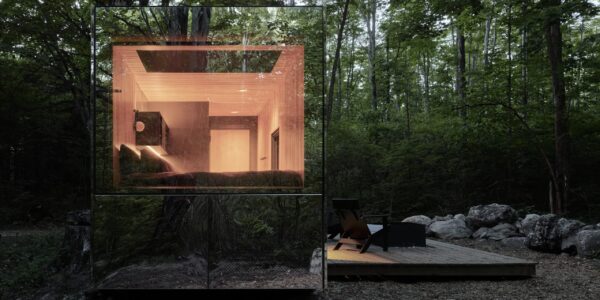
Photographer Stories
Photographing the invisible
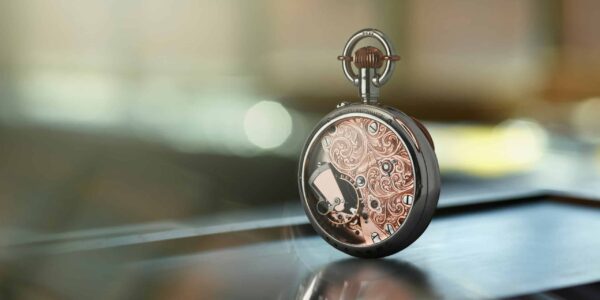
1-Minute Inspiration
Young and Hungry – Upgrading your career and kit with Phase One
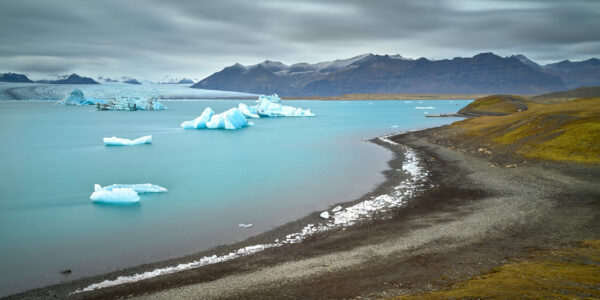
Photographer Stories
Iceland through the lens
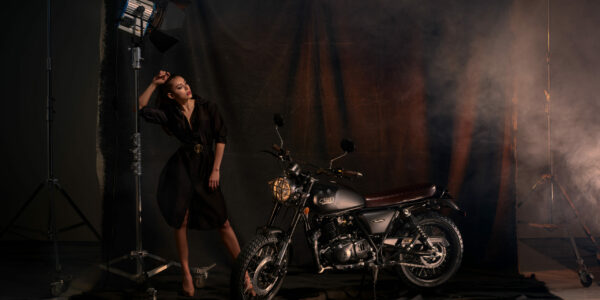
Photographer Stories
Composing soft even lighting in photography
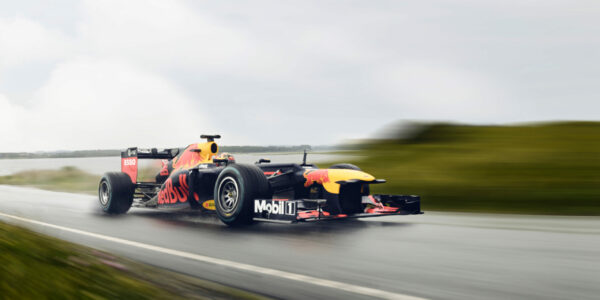
Photographer Stories
Capturing that Split Second – A Formula 1 Car Photo Shoot
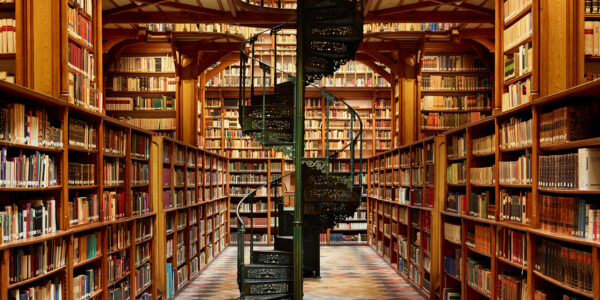
Photographer Stories
Cathedrals of Knowledge – Photographing Tranquil Oases with Daniel Zielske
